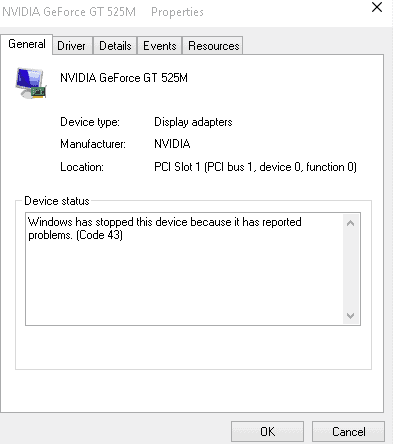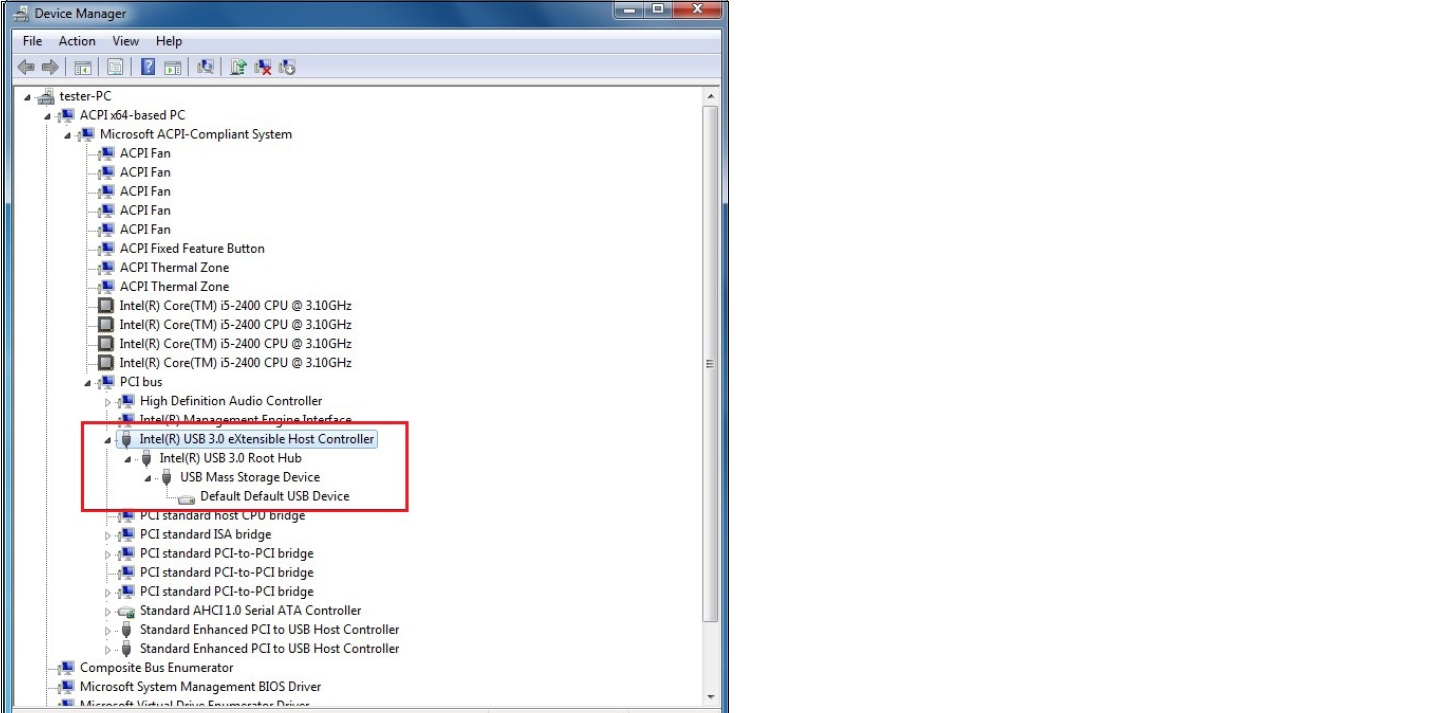- Force Install Amd Usb Host Controller Driver Windows 10
- Force Install Amd Usb Host Controller Driver Download
Save the driver file and follow the steps below to manually install the USB 3.0 driver: 1. Use Windows shortcut keys Win + X to launch the Jump List and then select Device Manager. Right click on the USB 3.0 device, for instance, Intel USB 3.0 eXtensible Host Controller. And then select Update Driver Software.
The driver package includes drivers for AMD USB 3.0 xHC host controller and hubs that attach to the host controller. The drivers are for Hudson-3 family chipsets.To install, in Windows Device Manager, right click target device and select

'Install Driver...' or 'Update Driver...'. To uninstall, in Windows Device Manager, right click target device and select 'Uninstall'.
Version 1.1.0.0210:
- Fix : Intermittent BSOD during ACPI in Win7x64 with BCCode D1
About USB Driver:
Windows operating systems automatically apply a generic driver that allows users to transfer files using the USB (Universal Serial Bus) port; however, installing the appropriate software can bring about significant changes.
If the proper USB software is installed, systems will benefit from improved compatibility with different devices, numerous fixes regarding USB issues, and various other changes that can increase transfer speed with external storage drives.
When it comes to the installation steps, simply check to make sure that the download record is compatible with your system characteristics, get the package, run the setup, and follow the on-screen instructions for a complete update.
Bear in mind that even though other OSes might be compatible, it would be best if you applied this package only on specified platforms. In addition to that, as technology evolves from one day to another, we recommended that you always use the latest software available.
That being said, click the download button, get and apply the present version and enjoy your newly updated system. Also, constantly check back with our website to find out when a new version is available.
- COMPATIBLE WITH:
- Windows 7
Windows 7 64 bit - file size:
- 348 KB
- filename:
- USB_AMD_1.1.0.0210.zip
- CATEGORY:
- Motherboard
It is highly recommended to always use the most recent driver version available.
Try to set a system restore point before installing a device driver. This will help if you installed an incorrect or mismatched driver.
Problems can arise when your hardware device is too old or not supported any longer.
Force Install Amd Usb Host Controller Driver Windows 10
 The driver package includes drivers for AMD USB 3.1 xHC host controller and hubs that attach to the host controller. The drivers are for Promontory.
The driver package includes drivers for AMD USB 3.1 xHC host controller and hubs that attach to the host controller. The drivers are for Promontory. Force Install Amd Usb Host Controller Driver Download
To install, in Windows Device Manager, right click target device and select'Install Driver...' or 'Update Driver...'. To uninstall, in Windows Device Manager, right click target device and select 'Uninstall'.
Version 1.0.2.0:
- Remove REV_xx in the inf file.
About USB Driver:

Windows operating systems automatically apply a generic driver that allows users to transfer files using the USB (Universal Serial Bus) port; however, installing the appropriate software can bring about significant changes.
If the proper USB software is installed, systems will benefit from improved compatibility with different devices, numerous fixes regarding USB issues, and various other changes that can increase transfer speed with external storage drives.
When it comes to the installation steps, simply check to make sure that the download record is compatible with your system characteristics, get the package, run the setup, and follow the on-screen instructions for a complete update.
Bear in mind that even though other OSes might be compatible, it would be best if you applied this package only on specified platforms. In addition to that, as technology evolves from one day to another, we recommended that you always use the latest software available.
That being said, click the download button, get and apply the present version and enjoy your newly updated system. Also, constantly check back with our website to find out when a new version is available.
- COMPATIBLE WITH:
- Windows 7
Windows 7 64 bit - file size:
- 577 KB
- filename:
- USB_3.1_AMD_1.0.2.0.zip
- CATEGORY:
- Motherboard
It is highly recommended to always use the most recent driver version available.
Try to set a system restore point before installing a device driver. This will help if you installed an incorrect or mismatched driver.
Problems can arise when your hardware device is too old or not supported any longer.